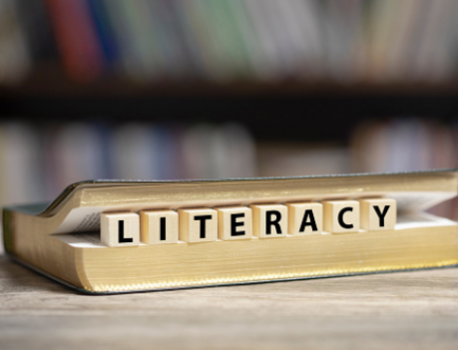

Contrary to popular belief, literacy is not just the ability to read and write. It’s also about possessing the competence or knowledge in a certain area. Some of the strategies used to teach children to become literate include: “the writing process, recalling, summarizing and sequencing, using illustrative and descriptive language, recognizing literary devices such as repetition and foreshadowing, and using reading strategies such as predicting, summarizing, and evaluating.” (Bers 519) According to Bers, these instructional strategies carry over to computer programming fluency as well and “can be helpful for teaching how to code.” (524)
Computer coding is an essential 20th century skill. Known for their framework for innovation in education, ISTE (International Society for Technology in Education) provides standards for students which include the skills all learners need in order to thrive in our global society. When literacy education is taught in conjunction with programming concepts at the primary level, children will be ready for the future jobs that await them. In fact, these very children will have the skillset to fill the current surplus of computing jobs nationwide, which currently boasts an astounding 398,857 openings.
The real question is, how does one go about teaching young children about the science of coding and still maintain their interest? They can learn the concepts of coding in a classroom, in an after-school club, or from instructional textbooks. However, these resources can limit a young child’s ability to absorb the concepts in that they can be uninteresting and routine. A far better way to reach these young minds is to expose them to children’s books that will both entertain and teach them at the same time.
Bers, M. U. (2019). Coding as another language: a pedagogical approach for teaching computer science in early childhood. Journal of Computers in Education, 6(4), 499-528. Accessed 30 September 2020.


